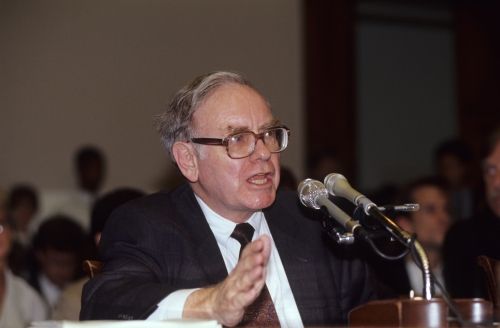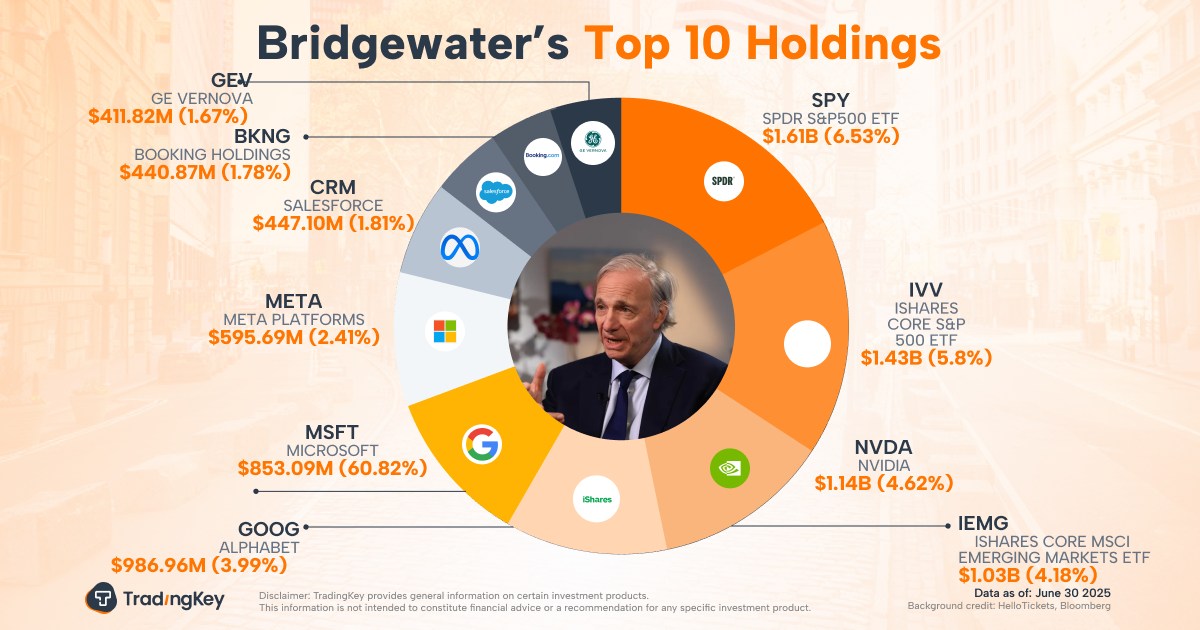Kettle raises LA wildfire industry loss estimate to $27bn-$36bn

By Isha Marathe
Jan 28 - (The Insurer) - Insurtech MGA Kettle has revised upwards its insured loss estimate for the ongoing Los Angeles fires to between $27bn and $36bn, a sizable increase from its initial $11bn to $17.5bn forecast.
The latest estimate contemplates only property losses, excluding auto and species/fine arts. According to Kettle, 60 to 65 percent of the loss incurred has come from the Palisades, with the remainder sited in Eaton, said Brian Espie, the MGA's CUO.
"The reason for the wide range is due to uncertainty around the levels of underinsurance in the affected areas," he said.
"I think it's important to note that our estimate on January 9 [was when] officials were estimating that at least 1,100 structures would be impacted – at least a thousand from Palisades and a hundred from Eaton," Espie noted.
"It was difficult to predict the extent of damages [but] we are now seeing across both fires [that authorities have reported] over 15,000 structures damaged based on initial reconnaissance," he explained.
According to a Cal Fire update on Tuesday morning, the Palisades and Eaton fires were 95 percent and 99 percent contained, respectively.
Espie noted that it is still "early days", but "it's safe to say that both of these events would individually rank as the costliest wildfires on record".
He believes that this month's LA fires are poised to rack up higher costs than the 2018 Camp Fire, which devastated parts of northern California's Butte County, killed 85 people, and resulted in over $16.85bn in damages.
"Even at the low end of our estimate, the Eaton fire would be close to the loss seen in the 2018 Camp Fire and the Palisades [fire] will be even larger... [because] the values of those areas are substantially higher," he said.
"So we are talking about two of the costliest wildfire events in California history coming from the same wind event, and when you add them up, it's roughly equivalent to the level of premium written among personal and commercial lines carriers in California over the past year – and it's only January [so] it may be likely that these events have already put the industry at a deficit for 2025."
Since igniting on 7 January, the LA wildfires – a cluster of at least six – have scorched over 30,000 acres and killed at least 29 people, with a red flag warning still active in southern California until this weekend.
Espie said the events are a reminder for the insurance industry and policyholders alike that "there is no wildfire season anymore".
"It used to be that once you got past October, that wildfire season was concluded at least for the extreme events, but unfortunately with the impacts of climate change in California" that is no longer true.
As authorities investigate the cause of the fire, Espie said Kettle is keeping an eye on potential subrogation claims and their impact on the industry.
"If it is determined that the fire was caused by high voltage lines in the service territory of Edison [then] it will be a good test of the wildfire liability fund that was set up [in 2019] to allow the investor-owned utilities in California to tap into protection that they could use to pay out liabilities in the event of subrogated claims due to wildfire," he added.

.jpg)



